
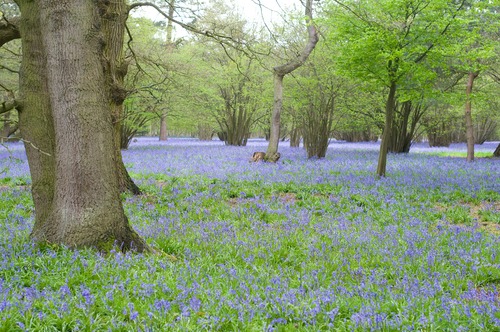
Both April and May provide an excellent opportunity for woodland walks. The weather is generally warm and a great mosaic of different coloured flowers can be seen decorating the light-dappled ground.
By far the most diverse and wildlife rich varieties of woodland are those which are ancient in origin. Sadly woodlands which have been left untouched for hundreds of years are now very rare, and those which do still exist have inevitably been carved up into small blocks to make way for the building of new roads, housing estates and agricultural land. This has a huge impact on the wildlife of the British Isles, especially those species which need woodland in its natural state to survive. Take the dormouse Muscardinus avellanarius for instance, a rare woodland mammal which relies upon the connectivity of 'pinch-points' in the woodland canopy so they can move from tree to tree without a great risk of predation. These small creatures rarely set foot on the ground, so when woodlands have as much as a wide path running through them the habitat is greatly degraded for the dormouse.
Another species which has a hard time from ways of the modern world is the bluebell, a beautiful flower which carpets the woodland floor with its electric-blue flowers which prove to be one of the most spectacular sights in nature, and in Britain we have the worlds largest population of these special flowers.
The bluebell Hyacinthoides non-scripta has fragrant bell-shaped flowers which hang downwards, nodding gently in the breeze, they may be blue, white or even pink in colour, and have cream-anthers. The narrow grass-like leaves are deep green, and grow to around 45 cm in length. These leaves are often found grubbed up by badgers who use them as a spring-time bedding material.
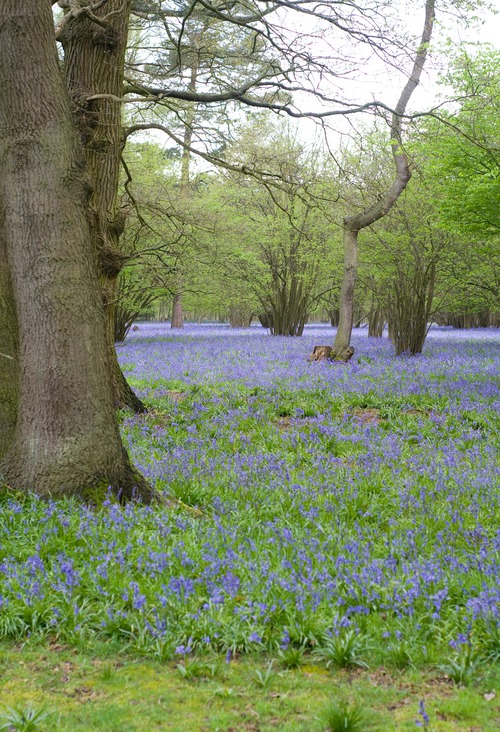
Bluebells can be found in many woodlands, but once again, it is the ancient woodlands which provide the best habitat for our most well-known and loved flower. Alongside the bluebell you will often find several other species, such as yellow archangel Lamium galeobdolon and even the very elusive pignut Conopodium majus.
It has always been said to be very unlucky to bring the bluebell into the house, and children would have once been warned to avoid picking them, in fact, it was once believed that a child who picked a bluebell would never be seen again, and an adult who did so would be forever followed by a woodland goblin. These must have all been very good ways to stop unwanted pickers! Today though you will just be presented with a hefty fine for digging up any bluebells or other wild flowers. Although recently I saw a sign in a bluebell wood welcoming visitors to pick the flowers, and then around the following corner there was another sign warning against it. Personally, fine or no fine, all wild flowers are best left alone for all to enjoy and wildlife to utilise.
Although bluebells are usually seen on mass, they do face an uncertain future. A number of populations have been damaged by large-scale commercial removal of bulbs for sale, and heavily visited locations see trampling as a major issue. But the two biggest threats are hybridisation (cross-breeding) with non-native species and the onset of global warming, which will cause the woodland canopy to burst into leaf earlier than ever before, blocking out the light which bluebells require to flower.
If you visit a bluebell woodland this year please bear some of these points in mind, as if we don't, they won't be here for future generations to see and enjoy.
Catch you on the trail
Kris
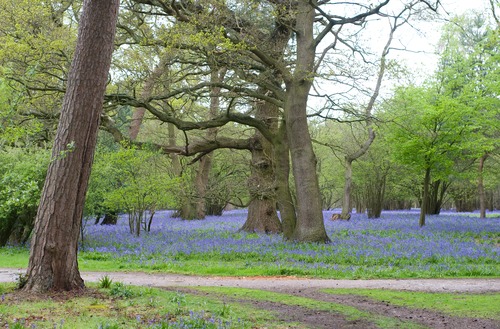
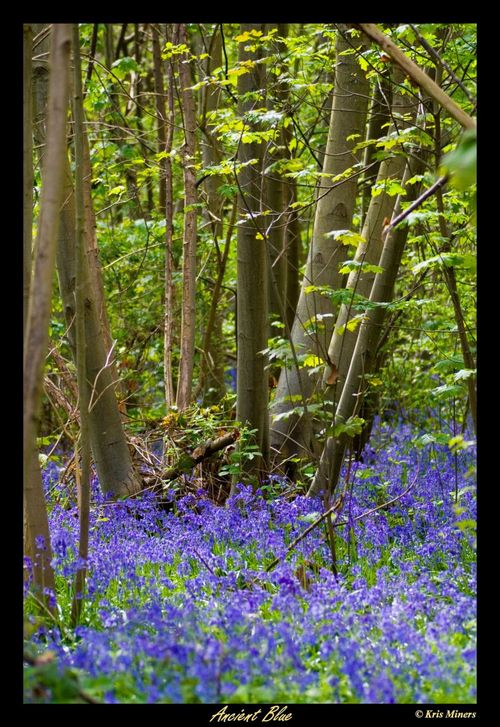
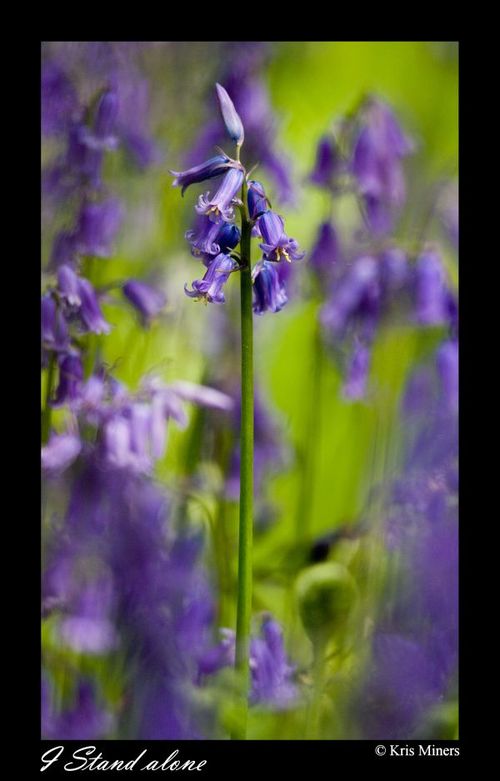
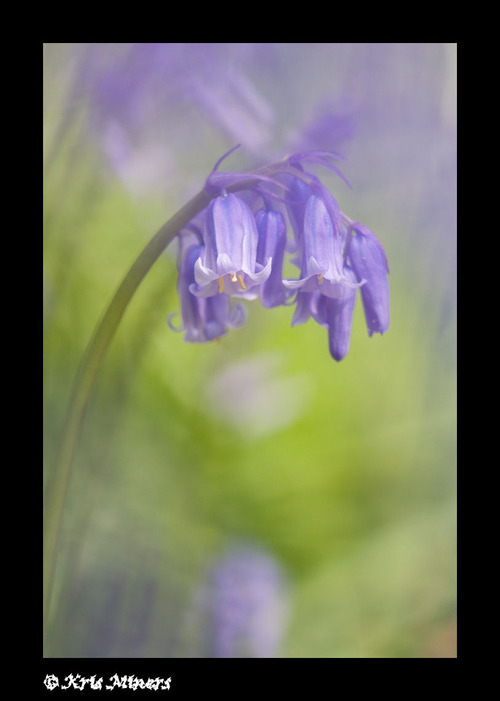

Frederick Ashworth on 23/07/10
I live in west wales,in the Tivy/cych valley,we have remote forest and woodland untouched for hundreds of years,in spring they are carpeted in native bluebells,so all is not yet doom and gloom:
Jon on 08/05/11
I find the whole penalty for picking bluebells pathetic. I know many woods where these grow in their millions, they should not be protected. If anything, if they were at risk then we should all be growing them in our garden. There are no freedoms left in this country!